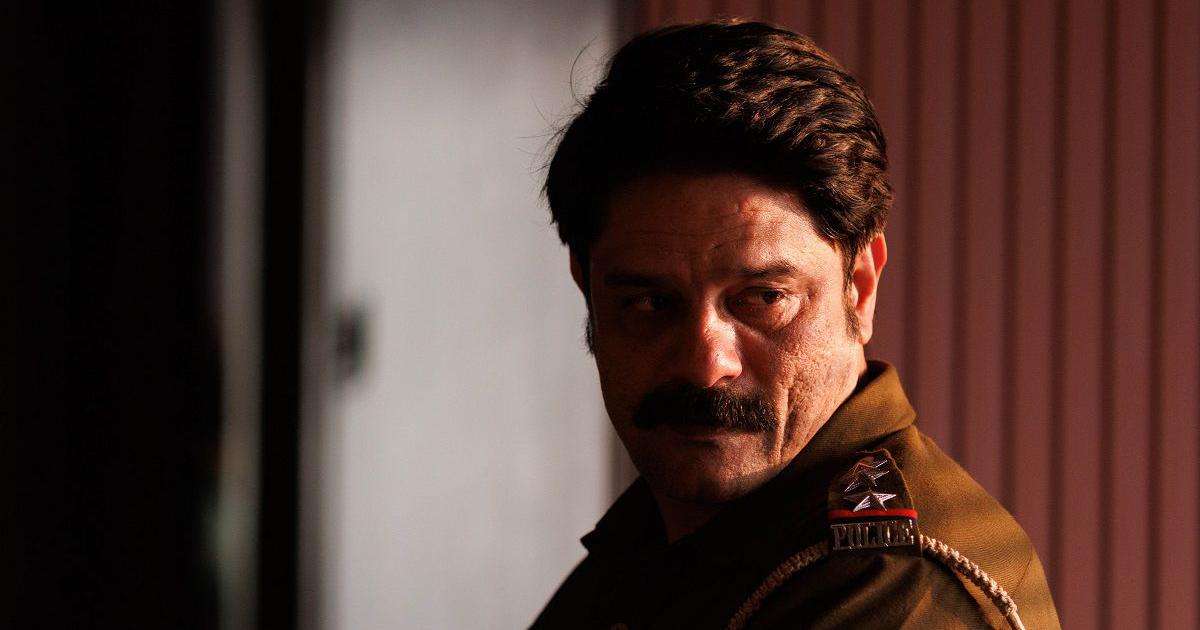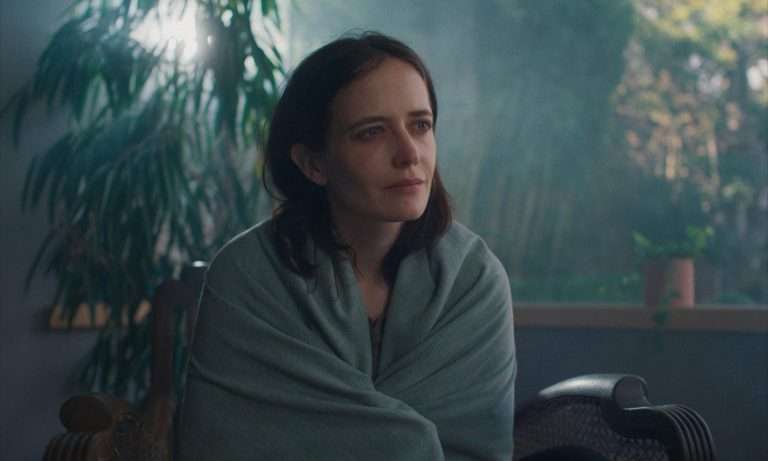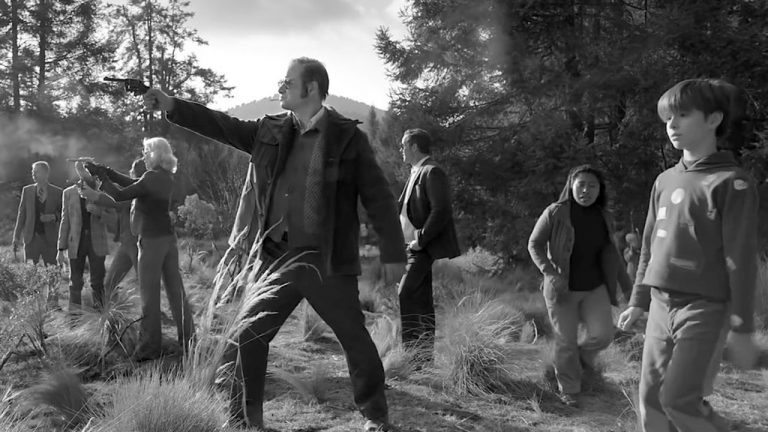Paatal Lok (Season 2) – Paatal Lok Season 2 dives deeper into Hathiram’s journey, exploring new dynamics, sharp storytelling, and the heart of neo-noir grit.
If any show could be guilty of being over-read or over-analyzed, it would be Amazon Prime’s “Paatal Lok,” which was released during the heyday of the pandemic, would emerge as a sleeper hit, which then snowballs. Hindsight is extremely kind to the show, whereby iconography becomes memorable, either due to the sheer potency or the popularity of characters. Hathoda Tyagi became a lexicon after the first season, while the show’s kind-hearted viewpoint towards animals became both a point to be admired as well as mildly ridiculed.
But that would take away from the greatness of “Paatal Lok” as a show, and that is the structure and the filmmaking of the show itself. A neo-noir with a taut narrative that very rarely loses the viewer within the convolution of the plotting itself, it is simultaneously a journey into the underbelly of a city’s foundation as well as pushing through a character’s own breaking point. Jaideep Ahlawat as Hathiram Chaudhary represented the perfect noir distillation—the cynic who fancies himself as a permanent resident of this “Paatal Lok,” or hell, realizing that the contours of Paatal Lok extend far beyond his imagination of the depravity or corruption inherent within humanity.
What “Paatal Lok” was, and now feels like a relic of its own success, is the sharp political commentary baked within the show’s exploration of the world it creates. Post the pandemic, and after the debacle of “Taandav” that would lead to a renewed bout of censorship, one would worry whether the incisiveness of the show would be blunted entirely by external forces beyond the creator’s control. The reason why “Paatal Lok” season 2 sails through relatively unscathed is the intention of the creator—it chooses to go further into the character of Hathiram Chaudhary.
And he does it by pivoting, both narratively and structurally. When season 2 opens, Hathiram is still an inspector of the Jamuna Paar Station, but now his trusty sidekick Ansari (Ishwak Singh) is an IPS. But that doesn’t stop Hathiram from being the quintessential noir detective and taking on a case that would be ignored on a happenstance. It just so happens that Hathiram’s case would intertwine (for obvious narrative purposes) with Ansari’s high-profile case, connected to the gruesome murder of powerful political leader Jonathan Thom, which threatens to unravel both the fragile political state of Nagaland, as well as the Nagaland Business Summit, spearheaded by hotelier and businessman Kapil Reddy (Nagesh Kukoonoor) and political leader Uncle Ken (Jahnu Barua).

It allows for both a change of milieu (a majority of the minutiae of the procedural takes place in Nagaland) as well as shifting the dynamics between Ansari and Hathiram. Previously the leader amongst the two while Ansari was the bright, eager sidekick, now the dynamic reverses, and it is interesting how the show chooses to navigate that relationship. What makes the show heartwarming as well are these moments of interaction between Hathiram and these characters, building on a history established in the previous season while also hinting at the time gone by, which is not necessarily shown.
These relationships are what pull the show from losing itself because unlike season 1, where the counterfoil to Hathiram and Ansari would be journalist Mehra (Neeraj Kabi) or Hathoda Tyagi (Abhishek Banerjee), there aren’t any such characters that leave as indelible a mark. Sure, all these new characters fit into the roles they are supposed to play for the sake of a noir convolution, but they aren’t remarkable.
What is fascinating is identifying the echoes—or trademarks—of a show becoming an ongoing rather than a limited series. There is an unpredictable killer on the loose, taking important people off the board, who has a love of nature more than any discernible care for human beings. Daniel’s character is connected very much to a central event that results in the creation of a militant group that would take responsibility for the murder of Jonathan Thom. There’s also the repetition of an interrogation of a female suspect in a hotel room, except now instead of Lyra Matthews and Hathiram, it’s SHO Virk (Anurag Arora) interrogating one of the female valets.
It’s also fascinating how Avinash Arun’s methodical direction allows for the layout of a building or an action set piece taking place within a warehouse to feel seamless without the viewer losing sight of where the characters are situated. It also allows for the unique quirks of the character, especially Hathiram, to shine through. Big and bruiser the character might be, he is also slow and prone to mistakes, as well as physically not as fit.
That allows for the stakes to increase as well as for Arun to shoot these action set pieces without using too many directorial flourishes like “oners” or taking the lazy route and just choosing to shoot Nagaland like a travelogue. It is instead grounded, more interested in the procedural nature of Hathiram and Ansari moving from one location to the next, either navigating a bazaar or traveling via a bus. These moments give the show its tactility.
It allows the viewer to appreciate the full tapestry of the season once it is completely unveiled, even though the investment in that overall tapestry would be significantly varied. As much as the murkiness of the character of the deceased, the manipulation of all the prime suspects of the plot, as well as the ruthless way with which characters are taken off the board work very well on paper, they fail to deliver as necessary or resounding an impact, save one death.
Also, Read – The Top 5 Hindi Web Shows of 2020
The investment towards Hathiram is significantly higher precisely because writer Sudip Sharma chooses to explore more of the interiority of Hathiram, highlighting the flaws of the man, as well as the empathy he is capable of producing. It gives Gul Panag’s world-weary and perpetually suffering wife an added investment. But it also reminds the viewer how sublime Jaideep Ahlawat is in playing this character. The familiarity with which his tongue rolls off the heavy Haryanvi accent, or the unfit physicality being disregarded, leads to the utilization of fierce strength and brutish nature, hiding a giant soft heart underneath. It’s an extraordinary performance, carrying the entire show.
It allows the viewer to understand what drives Hathiram to ultimately fight for the lowest in the totem pole, even as the larger case he solves ultimately becomes a zero-sum. The Pavement of Good Intentions might be caked in blood, but Hathiram ultimately fights for the lowest in the totem pole, and that’s the only brief snatch of light in this nihilistic world that he finds himself and tries to bathe and survive in.










